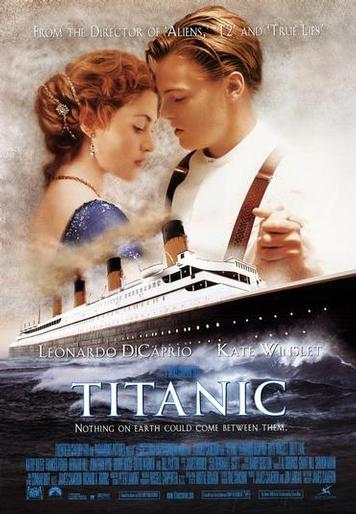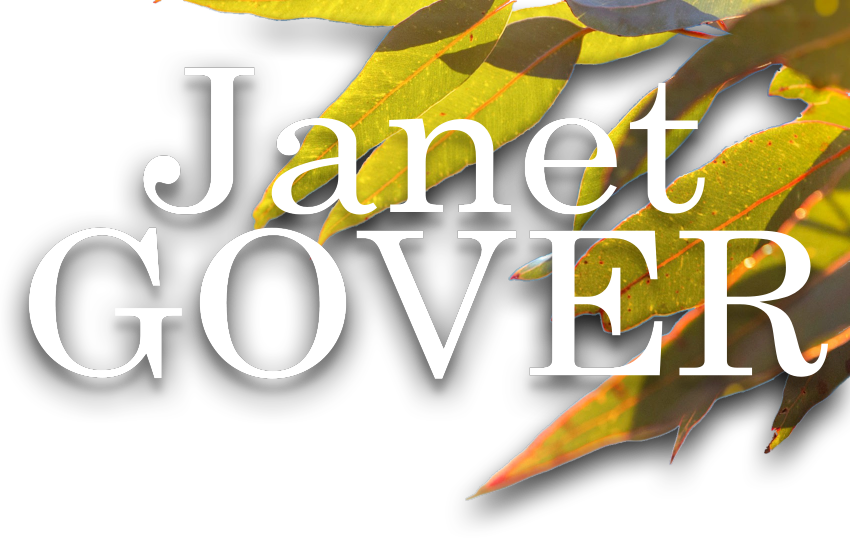 Watching movies as work – now that’s something I can really get behind. It’s not procrastination – it’s research. Even better – it’s homework.
Watching movies as work – now that’s something I can really get behind. It’s not procrastination – it’s research. Even better – it’s homework.
I recently had the chance to attend a one-day workshop by Michael Hauge noted Hollywood story doctor.
He’s done a lot of work on films for people such as Will Smith, Julia Roberts, Jennifer Lopez, and Morgan Freeman. But he also works with authors – and his point is simple – good story telling is the same whatever the medium. Technique may differ, but the same elements go into telling a good story.
The seminar was brilliant. I learned so much from him – thought I’d share some of it here.
The three act approach to story telling is not new… Act One being the set up, Act Two is all about conflict and Act Three is the resolution.
Michael Hauge divides these three acts into six stages of plot structure, which are inextricably linked to six stages of the character’s journey in the story. These stages are marked by five key turning points – that are key in both plot and character. In movies, he said, the turning points are at precise moments in terms of time. The first will come 10% of the way through the movie. The second at 25%. Books, he says, are different. The turning points may move about a bit… but they will always be there.
Here’s his diagram of how it works…
Michael used the movie Titanic as a reference – because he guessed most of us romantic writers had seen it. Good guess!
Here’s what I learned…
Stage 1 is the set-up – where we are introduced to our H (hero or heroine – whoever is the most important character of the book) in their life as it has been. We need to make our audience feel empathy with our H, by making them likable or placing them in jeopardy or making the reader feel sympathy for them.
In Titanic – this is obvious – old Rose goes to the research ship and introduces the young Rose. trapped in a life she hates.
Then Turning Point 1 – which is an opportunity… something that has never happened to our H before.
Young Rose boards the ship… heading to America and a life with Cal (who is not a nice man at all!!)
Which leads to …
Stage 2 – a new situation. Often this involves – the change in location offers lots of opportunity for new characters to enter. Here is where our characters looks for their preliminary goal.
Young Rose is with Cal to save herself and her mother from poverty (her preliminary goal) – but on board ship she is exposed to new people and places and ideas – not to mention she sees Jack for the first time.
At Turning Point 2 (the end of act one) a change occurs which results in a change of plan… the preliminary goal is replaced by new goal – a new desire and THIS is the what the story is really all about.
This is where Rose decides to kill herself but is rescued by Jack – being with Jack becomes her new goal.
Stage 3 – the H starts actively working towards the goal – with setbacks and conflict to build the emotion.
This is the time they spend together – leading up to the moment they make love in a car in the ships hold, which is..
Turning point 3 – the point of no return – our H is fully committed to the new goal. This is often an act by out H which, if it works will push them towards their desire, but if it fails, they will crash and burn (figuratively if not literally).
In Stage 4 things get complicated – the outside world starts to impinge on our H – raising the stakes and making it harder to achieve the goal.

This is where the iceberg comes in.
Stage 4, the H has to fight harder and harder to achieve their goal until.. the end of Act 2 – in which they hit a major setback.
This is turning point 4 (and will come about 75% of the way through a movie – that may move about a bit for a book). This is the point at which we fear all may be lost.
In Titantic – this is where Rose allows herself to be separated from Jack – she lets Cal find her a seat on a lifeboat and we fear the two will be separated forever and Rose will go back to her old life.
Stage 5 sees our H make that final push to achieve their goal
Rose jumps back onto Titanic.. and she and Jack face the sinking of the ship together. OK – Jack dies… but this is Rose’s story. After Jack has left her, when it seems she too will die in that freezing water, she finds the strength to save herself by attracting the lifeboat, This is the climax of Rose’s story…. Turning Point 5.
After which we get Stage 6 – the transformed existence of our H – the new life.. which for Rose is her independence and the life she eventually carves for herself in America.
Michael explains this so much better that I can – with more depth. But I hope this has given you a flavour of his ideas on plot.
Back to the movies – he names some films – especially some romance films – where this structure is very clear. That’s my homework – I have to find these films and watch them… to learn more about this approach to structure and how I might be able to use it in my writing.
The movie list : Sleepless in Seattle, My Best Friend’s Wedding, The Wedding Crashers, Titanic, Shrek, The Firm, About a Boy, LA Confidential – something for everyone there and a lot of them involving romance.
Next Week – I’ll bring you some of what Michael said about characters – how the character’s journey runs parallel to the story arc.


Comments
14 responses to “It's about story-telling, whatever your genre”
This is so useful, Janet, I’ve printed it out. Look forward to reading future instalments. Thanks for posting. B xxx
Very interesting stuff. Thank you for sharing it, Janet. I’m looking forward to part 2.
He was such an inspiring speaker. I came away with my head full of ideas about how to improve my new book…. not to mention a good excuse to watch a few favourite films again. Janet X
I very good insight into the issue of story structure and clearly taught by someone who could communicate the idea very well.
I love a good workshop – it always helps to hear someone else’s way of looking at things. This was definately one of the best I’ve been to.
Interesting journey through the structure of a film. Many thanks for it, Janet.
Liz X
PS. I hated Titanic.
I had moments I lkled – bits I didn’t. I thought it was a bit too long. But looking at it again, the story structure Michael talked about was very obvious – perhaps a bit too obvious?
I’m reading Save the Cat at the moment and I can see the parallels. It’s fascinating stuff. I’ve added your list to my (growing) list of films to watch (or re-watch). I’m looking forward to the rest of your posts on the workshops.
I haven’t read Save the Cat – but I imagine there is a lot of crossover. Both have come from movie backgrounds – but I think good story-telling is good story-telling. The mechanics vary according to your medium, but the story is always the thing! Janet
Useful information on structure, Janet. I’m on the lookout for Part 2. Hope to see you soon.
I’m really glad people are finding this blog useful… We never stop learning, do we? J X
Yes, there is cross over with Save the Cat but it never hurts to go over things again and again, and this man seems really good with his explations and examples.
Jen
I wish I’d seen Titanic to understand better – but I don’t do films or books with sad endings.
However, I’m 100% with Michael on the story-telling side of things. No one can emphasise that strongly enough. I ‘write stories’ and consider myself a story-teller. Also, I’m not into literature but entertainment.
Anna
Anna – the ending to Titanic really isn’t that sad – it’s very positive the way Rose takes control of her life and lives it.
I agree about the story telling too. To me it’s all about people. The people in the story – and the people reading the story. That’s who is lookng over my shoulder as I write. I want to make it work for them – because then it works me me too.
Janet